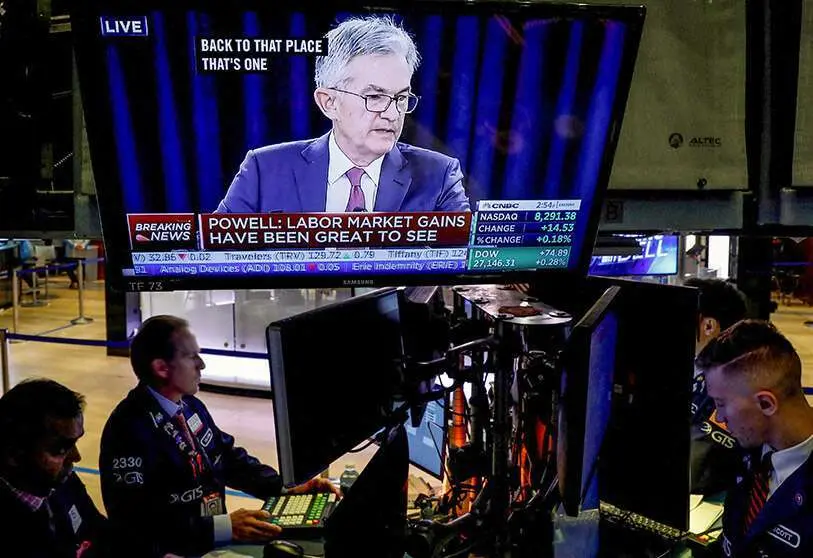Prospects for gold and silver - more positive than believed

The recovery of the global economy from the effects of the policy-driven shutdowns is likely to continue in 2022, albeit at a slower pace. We estimate that global GDP will grow by 4.2%, compared to an estimated 5.8% in 2021. Of course, several risk factors remain, such as the evolution of the virus crisis, geopolitical tensions (particularly between the US and China, as well as between Russia and the Western world), global energy security, etc.
However, it is no exaggeration to say that monetary policy is among the most important determinants of the current cycle. The recovery in economic activity around the world has been driven by exceptionally expansionary monetary policy. Central banks have driven interest rates to zero, in some cases even below zero, and have increased the amount of credit and money supply on a massive scale. The result is a huge "monetary surplus" that drives up asset prices.
The US Federal Reserve (Fed) is about to change course. It plans to end its bond purchases in the near future and raise interest rates several times this year. Other major central banks are expected to follow suit. The key question is: How will economies and financial markets react when monetary policies "take the pitcher out of the punch bowl"? While some policy tightening is likely this year from today's point of view, the question is rather how far it will go.
Given the debt burden of the global economy, especially in advanced economies, we find it highly unlikely that interest rates will rise sharply or turn positive again in real, i.e. inflation-adjusted, terms. Central banks are likely to allow asset price inflation to remain high for a long period of time. "Keeping the economy going" will be the priority of monetary policy over "preserving the purchasing power of money".
While stock and housing markets may experience some short-term correction (reducing valuation levels), the persistence of negative real interest rates should keep the upward trend in asset prices intact. High commodity prices, accompanied by sustained asset price inflation, will increasingly erode the purchasing power of official currencies. In other words: Escaping currency debasement will remain a key challenge for savers and investors in the future.
The widespread expectation that central banks will tighten monetary policy this year is keeping a lid on precious metal prices, gold in particular, for now. However, we believe that, in the end, central banks will prioritise the objective of "keeping economies going" over that of "lowering inflation". This means that policy tightening will be much less pronounced and remain largely cosmetic, keeping inflation-adjusted interest rates in negative territory.
Against this backdrop, we see gold prices as quite likely to return to their long-term uptrend, especially as we continue to view the yellow metal as undervalued at current prices. In particular, we expect gold demand from institutional investors to recover, which could push gold prices to USD 2,100/oz this year.
Improving demand for silver in the industrial, electronics and solar sectors bodes well for higher silver prices this year, especially given the relatively tight supply conditions. Especially in view of the rising gold price, the silver price has a good chance of rising; in our view, reaching USD 28.2/oz seems quite possible.
The improving global economy, especially the automotive industry, should support the platinum price. In addition, the momentum of "green policies" has the potential to boost platinum demand. Overall, there is a good chance that the platinum price will continue its recovery, which started in autumn 2020, and approach USD 1.175/oz later this year.
The palladium price correction appears to be over, and current supply and demand conditions justify the expectation that palladium will rise in price. A price of around USD 2,260/oz in the course of 2022 is plausible in our view, especially as the return of investor demand has a good chance of offsetting tepid demand from the industrial sector.
The general outlook for precious metals looks brighter to us than to many others these days. Of course, a key reason for this is our expectation that global monetary policy will be significantly less tight than anticipated. Against this backdrop, we think it makes sense for an investor to consider building or expanding a precious metals position in their portfolio.
Thorsten Polleit, Chief Economist at Degussa

